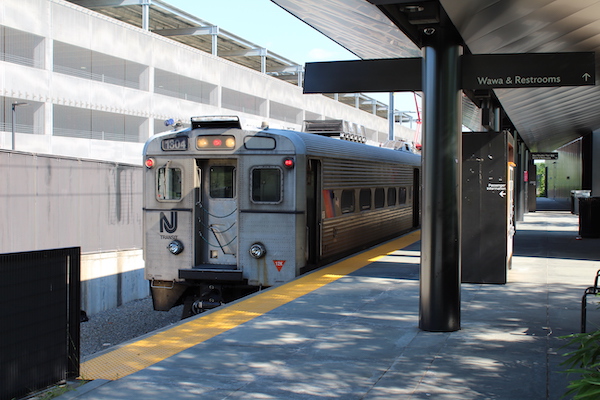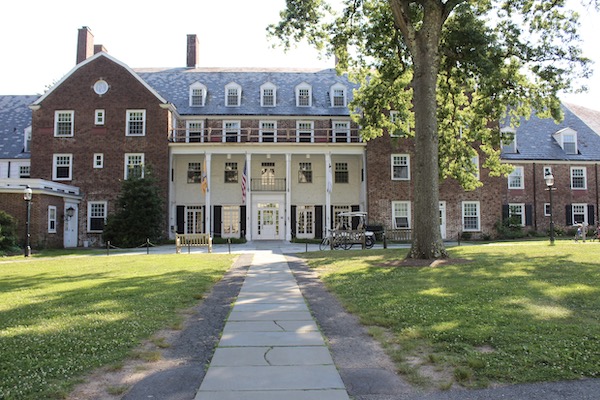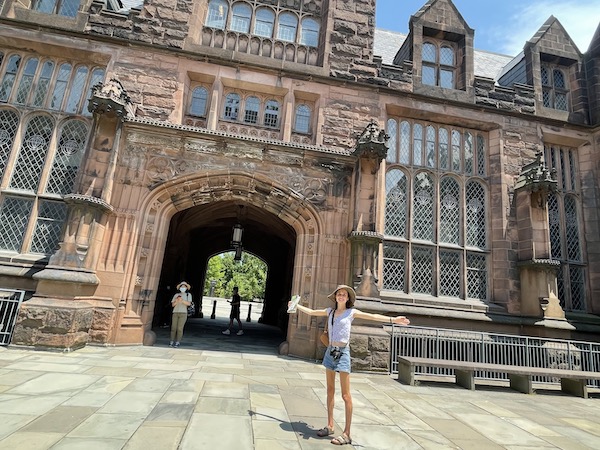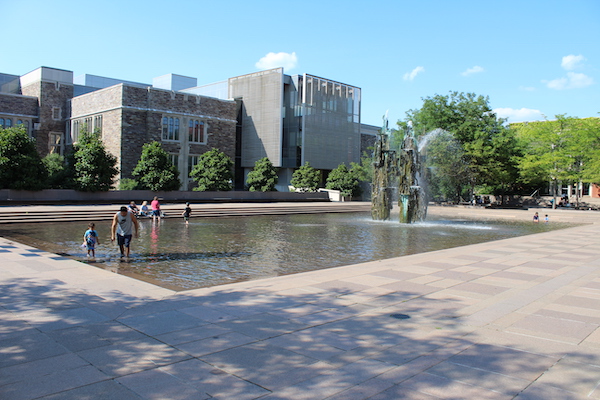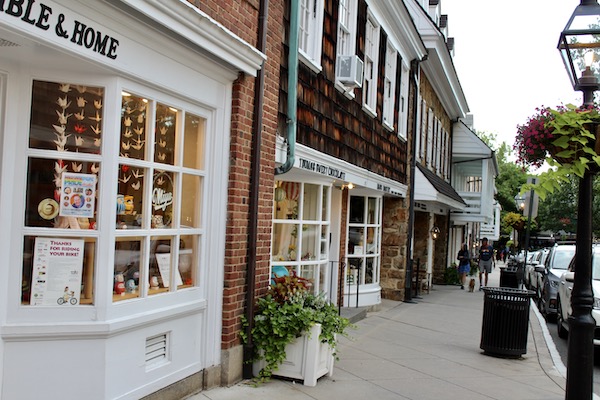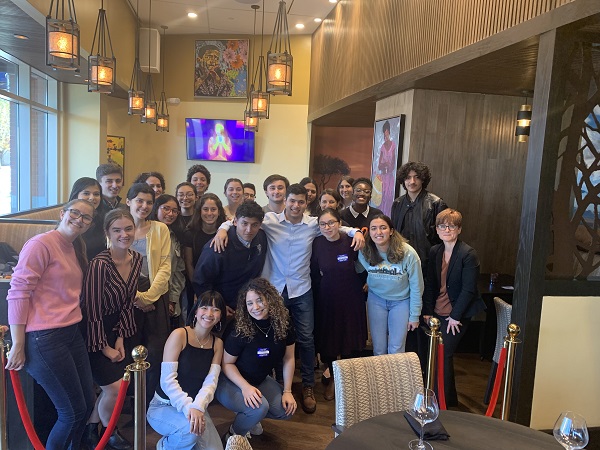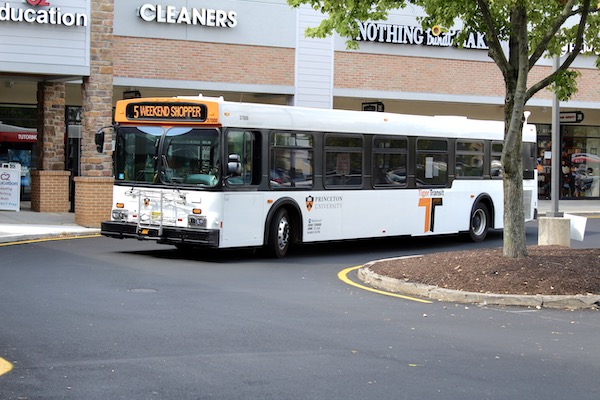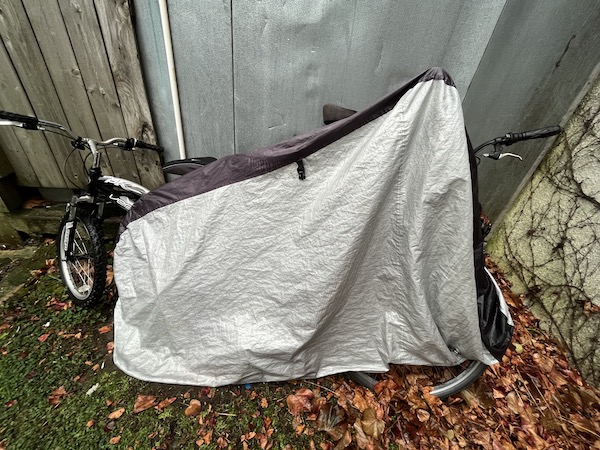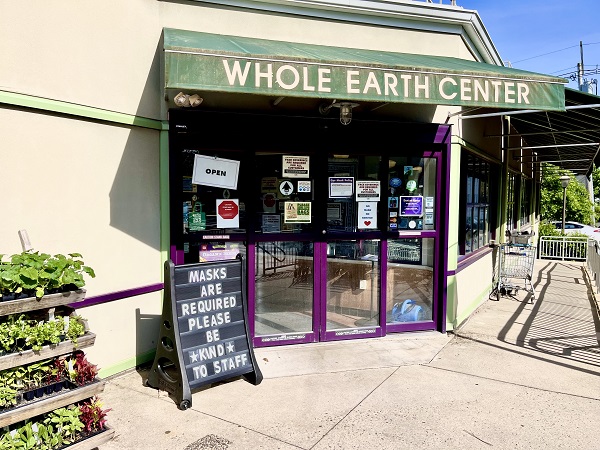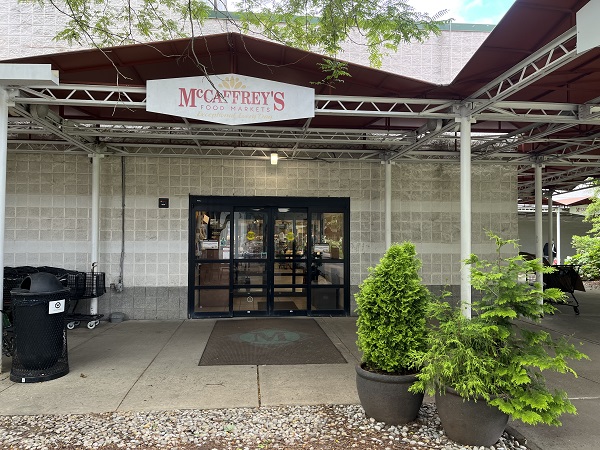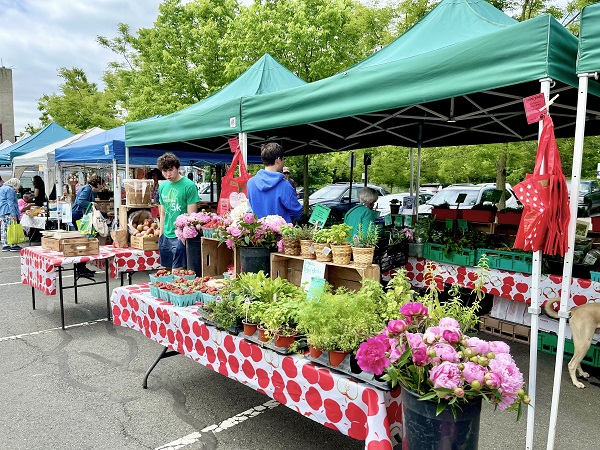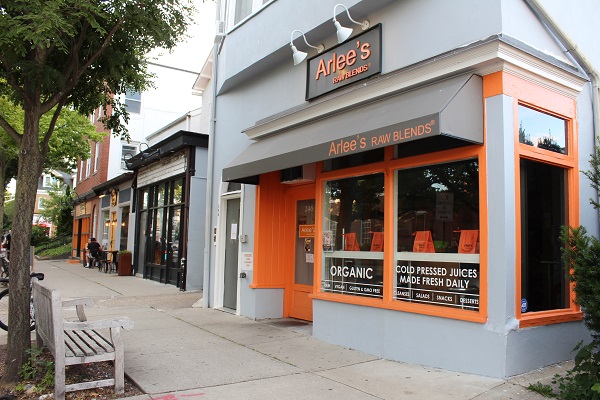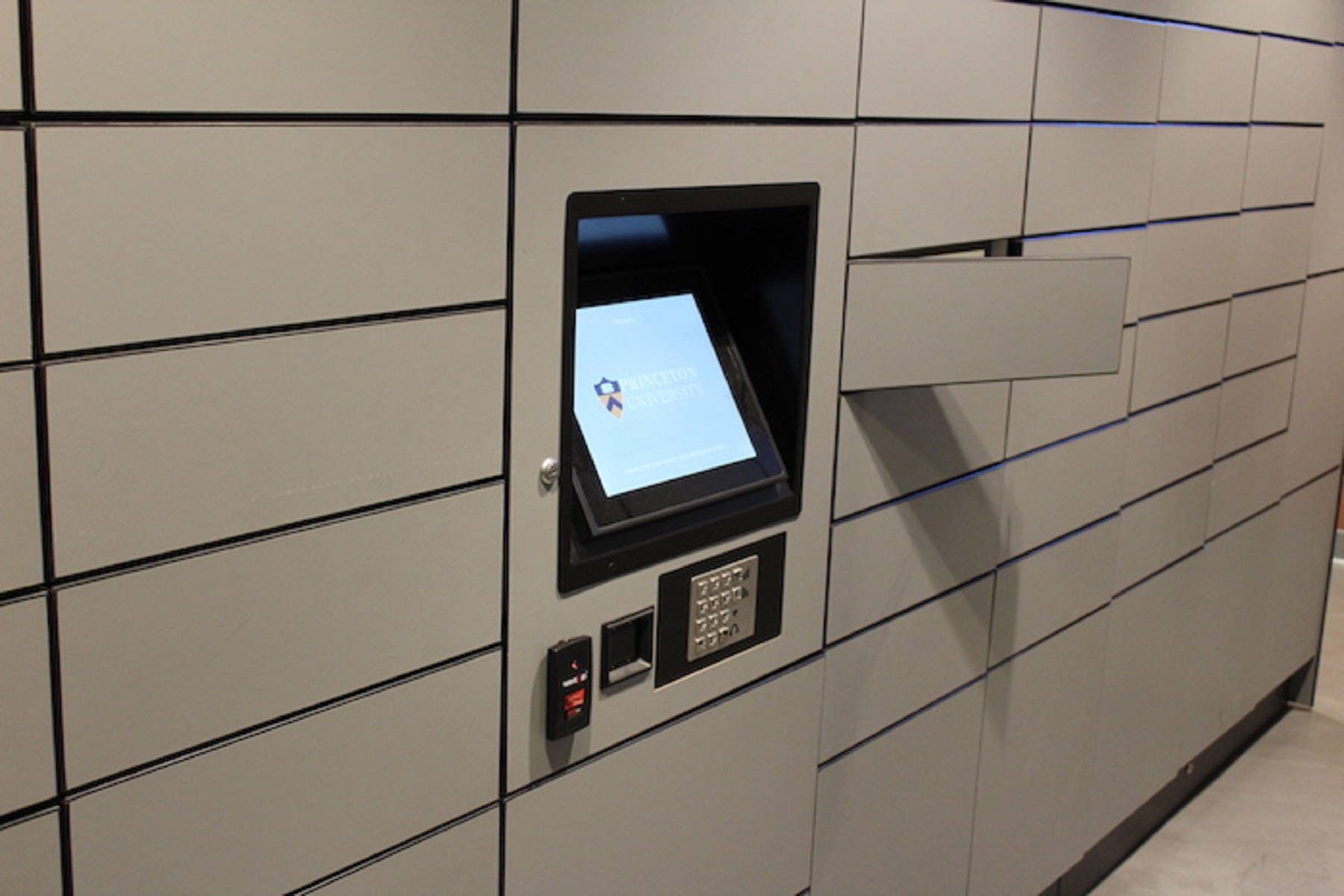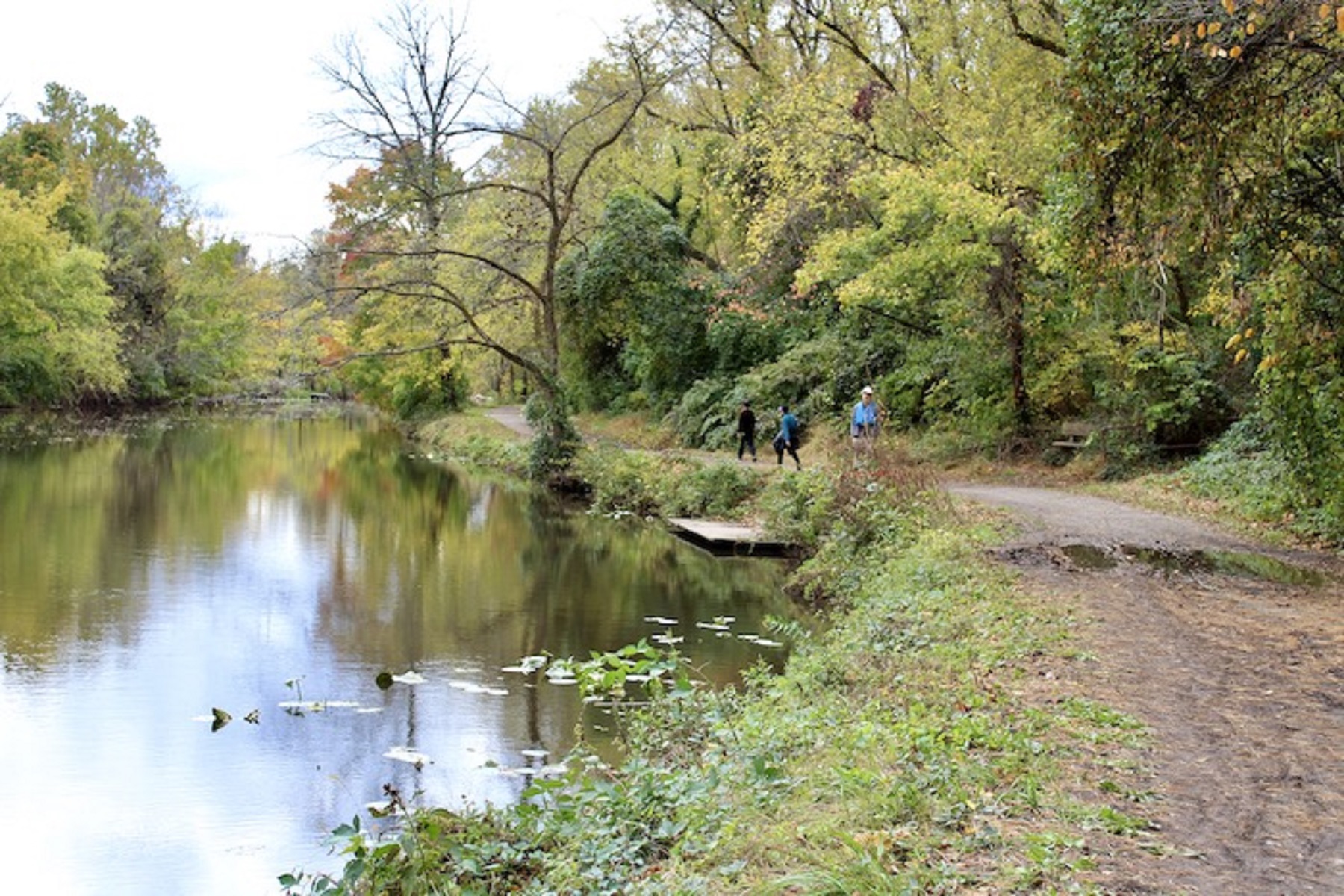New Jersey is known as the Garden State, and you truly appreciate how the state earned its nickname when visiting a summer farmers' market. The abundance of fresh produce and flowers harvested just several miles from campus is astounding. Grab your tote bag and sunhat as I take you on a tour of the vendors at the weekly Princeton Farmers' Market, open at the Dinky train station from 10 a.m. to 2 p.m. each Thursday through November.
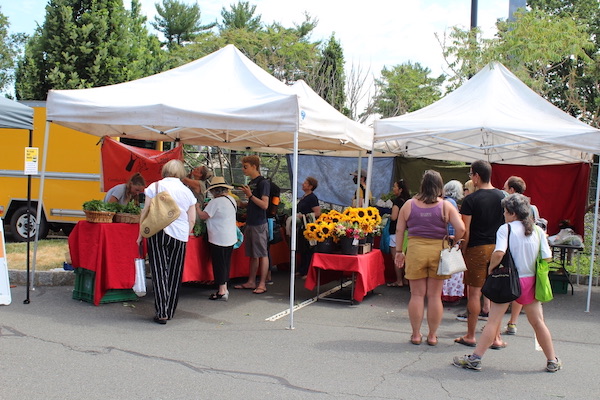
Our first stops at the market are the produce booths to stock up on fruits and vegetables.
The offerings from the multiple produce vendors, including Chickadee Farms and Terhune Orchards, change weekly depending on what is in season. Several of my June favorites are the strawberries, kale, and lettuce. July is when the market really shines, as the peaches, plums, blueberries, tomatoes, beets, cucumbers, and summer squash are ready.
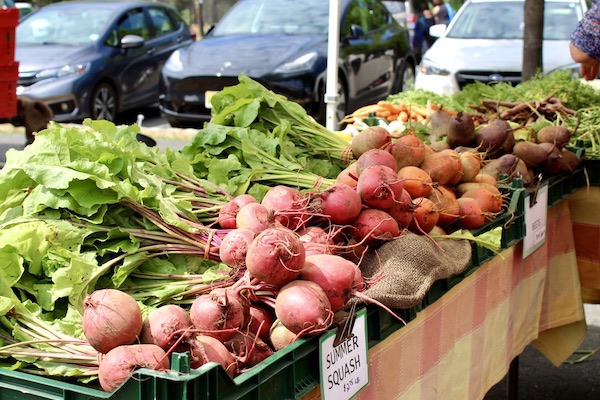
After getting the produce essentials, it's time to find some decor to spruce up your dorm room or apartment. There are several vendors, including Longview Flower Farm, who sell a variety of cut flowers arranged in artful bouquets. I think that the July sunflowers would make a cheery statement centerpiece on a dining room table.
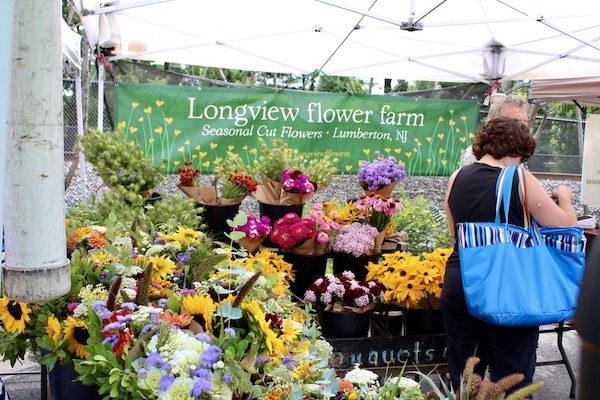
Next up are the specialty vendors. Davidson Exotic Mushrooms sells, you guessed it, a wide variety of mushroom types, while Pickle Licious sells traditional pickles (of course) in addition to pickles on a stick (not my favorite, but must be appealing to others) and olives.


Following these unique booths are several stops for prepared foods, like fresh-baked bread from Lost Bread Co., granola from the Granola Bar, and soups from the Soupeteer. There are also several vendors selling hot empanadas.
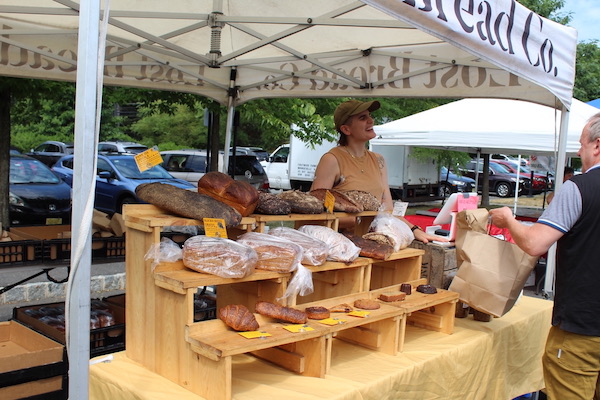
To round out your shopping trip and add some pomp to your cooking and dining, you can select among different olive wood serving spoons and cutting boards from Mediterranean Delicacy. A more affordable option to bring the Mediterranean home with you, though, might be to purchase one of their olive oils instead.
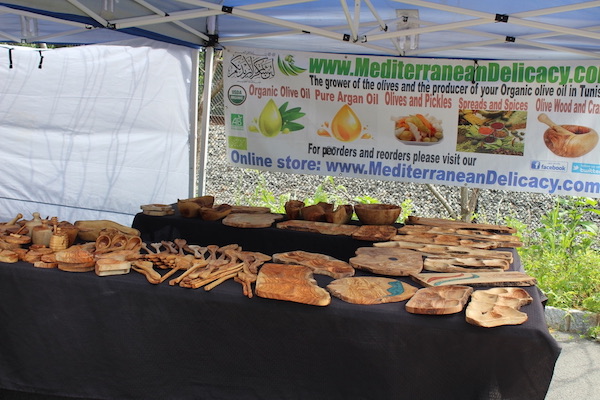
Lastly, Barking Good Bakery sells treats for four-legged friends. If you know any dog owners in Princeton, you could pick up some gourmet desserts for their pets here.
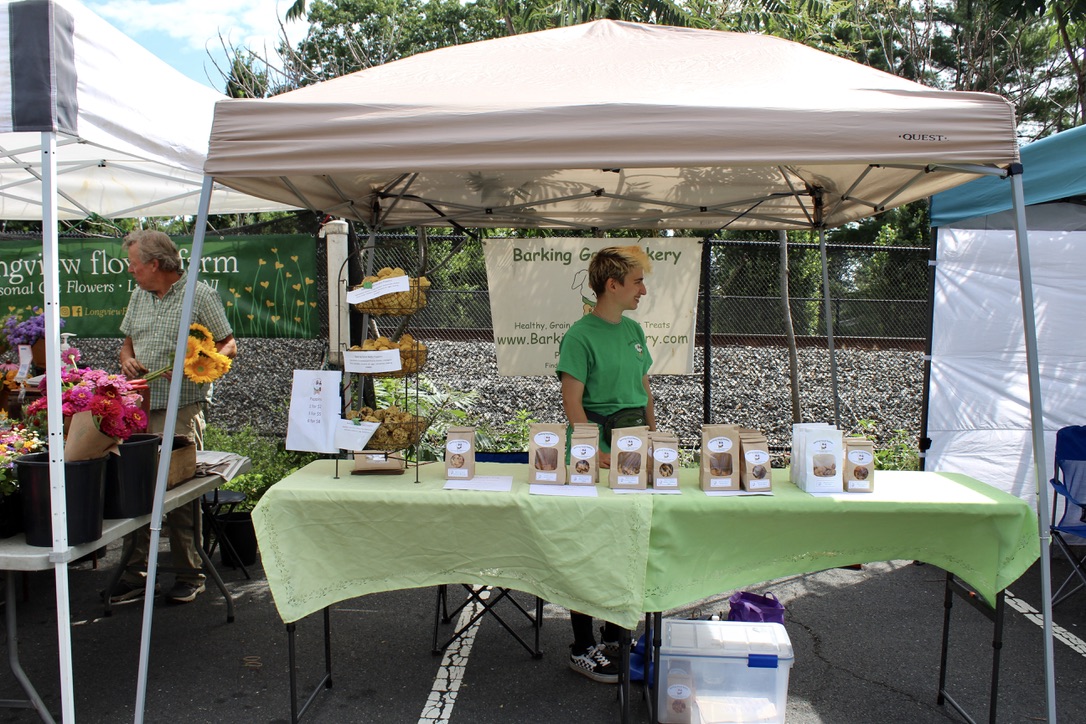
This concludes the market tour! I'll load my finds into my bike basket and pedal back to my apartment. Visiting the market is a great way to take advantage of living in the Garden State during the summer.







